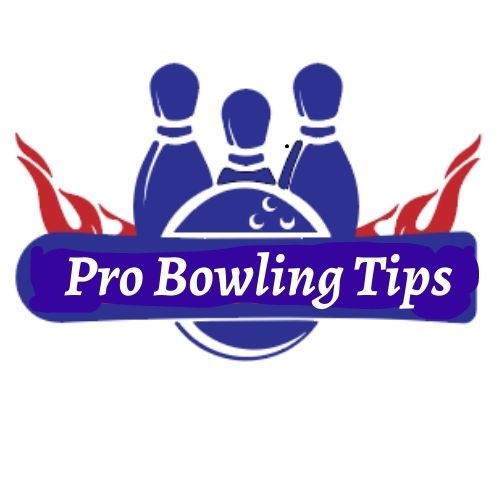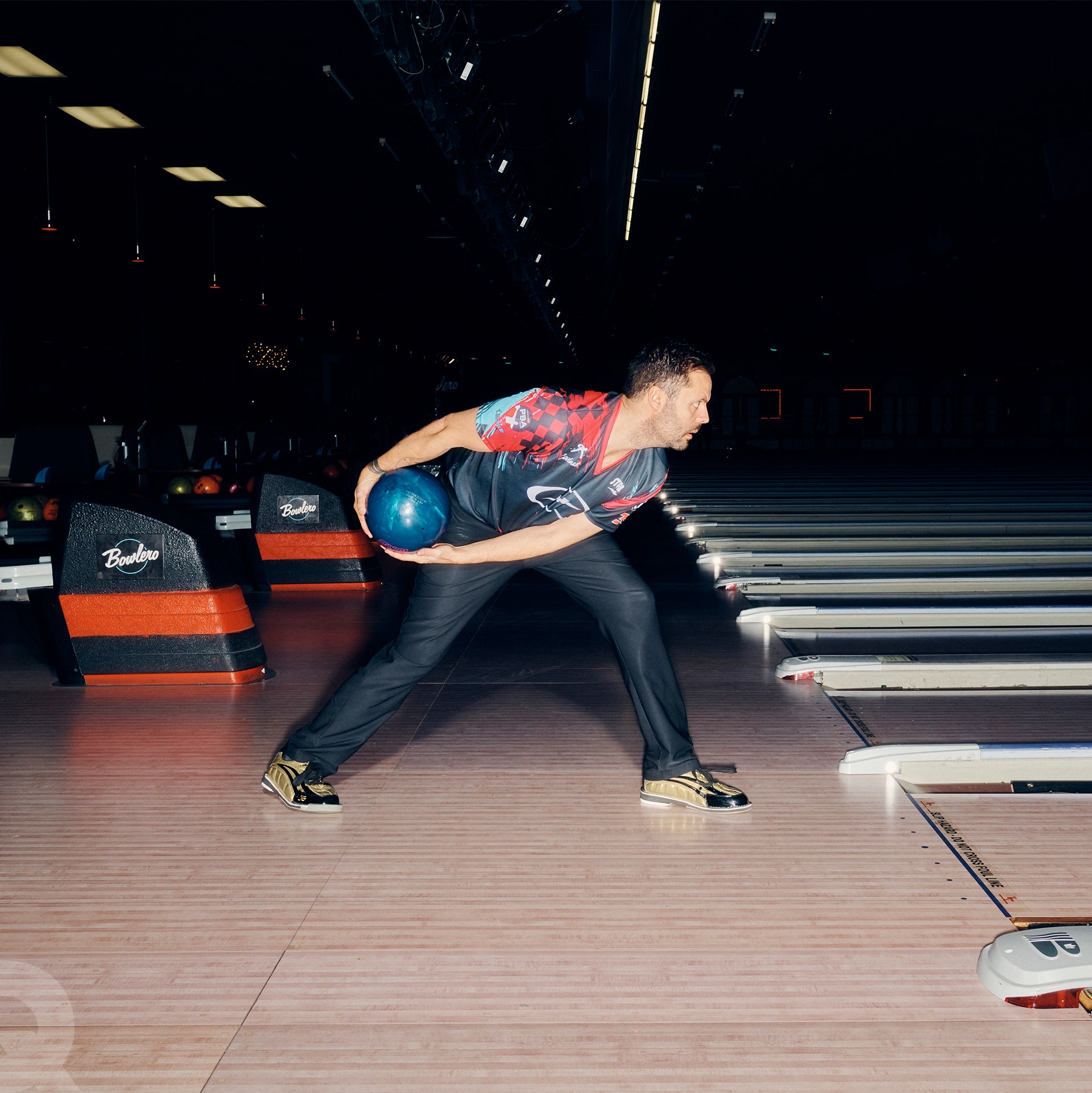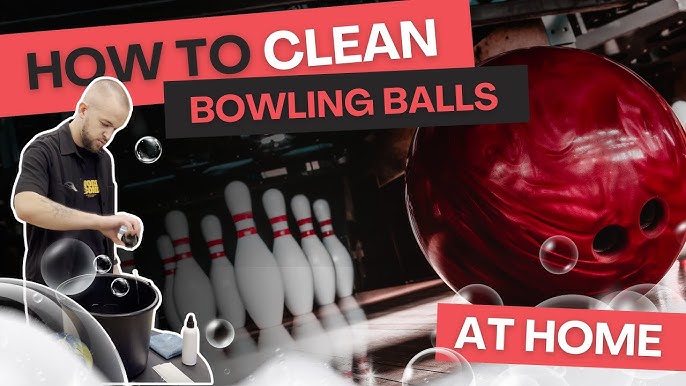What is inside of bowling ball? As a kid, I always used to wonder how much a bowling ball weigh, and what was inside that piece of equipment. I have put my tennis ball and even my football up for experiments to see what they have on the inside. Do you feel the urge to see what’s inside a bowling ball?
Well, if you don’t have an old bowling ball to bust open, then let me describe to you what it would be like to take a look inside a bowling ball. The construction of the bowling ball inside is nothing too complex. But it is important to know what you’re dealing with, especially knowing the materials and components is unavoidable so you can understand your bowling ball better. Let me give you an in-depth analysis.

What’s inside a bowling ball?
When you hold a bowling ball up you can instantly feel how heavy it is. You can also tell that it is made out of hard solid materials. But that is just the coverstock you’re thinking about. I would like you to imagine that you’re cutting open a bowling ball. Now, what do you think you will see? Well, that depends on what kind of ball you’re dividing in half.
If you take a look inside a plastic bowling ball, you may not find any metal cores. But you sure will find the filler material and the traditional pancake core that is made of carbon fiber. But what about the urethane and reactive bowling balls? Typically, these high-performing bowling balls have cores made of metal. The middle part, which is the material outside the core is called the filler and bowling balls are often filled with a mixture of various materials.
The typical plastic bowling balls have a pancake weight block, a filler material, and then a coverstock. These are called three-piece bowling balls. However, the modern bowling balls are actually three-piece as well even though the manufacturers say otherwise. The urethane and reactive resin bowling balls have three main parts on the inside. First, the solid metal core, then a spherical outer core which is also called the filler, and lastly, the outer shell which is called the coverstock— these three are the main components of modern bowling balls.
So what is the metal core actually constructed of? The hard solid weight block is made of various powdered metal oxides. Most commonly, calcium or iron oxide is mixed with a catalyst and resin solution and then it’s time for the mixture to harden. Because the weight block is the heaviest part of the bowling ball, your bowling ball reaction depends on it big time.
The outer core, which is called the filler, is made of many ingredients as well. The filler is comparatively less dense, a bit lighter, yet rigid. It contains substances like plastic and glass beads, that are mixed with resin to solidify the mixture. The spherical outer core has helped bowling ball manufacturers significantly. Why? Because it has helped them cut down costs which made bowling balls more affordable.
The spherical core is enclosed with the outer shell and this is where bowling ball manufacturers get a higher degree of flexibility to add designs, colors, and various coverstock finishes. Now, coverstock materials can have different densities and polished/matte finishes. Moreover, the outer core can be easily adjusted and the weight of the bowling ball can be increased or decreased to achieve different differentials and RGs that affect your bowling ball performance notably. This is done while using the exact same components and geometries.
What do bowling balls look like on the inside?
It is important to develop a better understanding of the bowling ball’s anatomy if you’re intending to be a professional bowler. So if you want to learn more about the piece of equipment you play with, you should have an idea of what it looks like on the inside. Before you release your ball on the lane, make sure you know the kind of core and outer core it has on the inside and how the ball is supposed to perform from the start till the end of the lane.
How your bowling ball will look from the inside depends on what kind of bowling ball you are using. If you use a symmetrical bowling ball, the equal dissection of that looks the same on both sides. The scenario will be different if you use an asymmetrical bowling ball. Before you choose a layout for your newly purchased bowling ball, you must have a deep knowledge of the ball’s internal properties better, of course, how and where the core is placed. No, you do not have to bust open a bowling ball to know that.
From the inside, bowling balls will look like it has a stronger and denser inner core (weight block) which can be symmetrical or asymmetrical. Then you will see a white-colored outer core which will feel less dense than the weight block, and lastly a border of the outer shell which is the coverstock.
Is the inside of a bowling ball hollow?
For beginners, it is a common misconception that bowling balls are hollow. Some of you might think that the plastic ones are probably hollow. Even those lightweight plastic balls are not hollow at all. How about the kid-friendly six-pound bowling balls? That doesn’t have a hollow center either.
How many of you knew that universally, bowling balls have the same size? This means that the diameter is the same for all kinds of bowling balls. Indeed, some bowling balls feel super light when you hold them, while a heavier bowling ball will feel hard to carry. These lighter balls give the impression it is hollow on the inside. But that is not the truth. There is no empty space inside a bowling ball. The weight varies because bowling ball manufacturers use different densities of filler materials to make balls of different weights. The heavier balls have high-density fillers while the lighter bowling balls have a low-density filler material.
FAQs Of What is inside of bowling ball?
What is the core of a bowling ball?
- The core of a bowling ball is the innermost part, typically made of a dense material like polyester, urethane, or reactive resin. It provides the ball with its weight and helps control its motion.
What is the purpose of the core?
- The core is designed to influence the ball’s motion as it travels down the lane. It can affect the ball’s hook potential, roll, and overall performance characteristics.
What are the different types of bowling ball cores?
- There are various core shapes and designs, including symmetrical and asymmetrical cores. Symmetrical cores offer a more predictable and smoother motion, while asymmetrical cores create more angular and dynamic reactions.
How do different core designs affect my bowling game?
- The core design can significantly impact your ball’s hook potential, length, and overall reaction on the lane. Choosing the right core for your playing style and lane conditions is crucial for success.
Can I change the core of my bowling ball?
- No, you cannot change the core of a bowling ball once it is manufactured. The core is an integral part of the ball’s construction and cannot be altered.
How can I choose the right bowling ball core for my game?
- To select the best core for your game, consider your skill level, playing style, and lane conditions. Consult with a pro shop operator or experienced bowler for guidance on core selection.
Are there weight differences in bowling ball cores?
- Yes, cores come in various weights to match different ball weights. Most commonly, you’ll find cores for 12, 14, 15, and 16-pound bowling balls.
Do all bowling balls have cores?
- Yes, all bowling balls have cores. The core is an essential part of the ball’s construction, regardless of whether it’s designed for beginners, intermediate, or advanced players.
Can I see the core when looking at a bowling ball?
- You cannot see the core directly as it is hidden beneath the outer coverstock of the ball. However, the core’s influence on the ball’s performance can be observed through its motion on the lane.
How often should I replace my bowling ball?
- The lifespan of a bowling ball depends on usage and maintenance. On average, a bowling ball can last 5-10 years, but it may need resurfacing or refinishing during its life to maintain optimal performance.
Conclusion
Having curiosity is absolutely alright. Especially if it helps you to know more about things you are involved with. I have articulated what to expect about the bowling ball’s inside, you have some ideas. Now you know what goes on the inside while you deal with your bowling ball. Nothing hollow, everything compacted. I hope this article is going to be helpful enough for you to understand the science of bowling better. So, keep on having fun and happy bowling!

Passionate Bowler and Bowling Enthusiast
Jess Pinelli is a dedicated bowling enthusiast with a deep love for the sport that spans over 6 years. With numerous strikes, spares, and a few gutter balls under hes belt, he has honed his skills on lanes across the country. Pinelli’s journey in the world of bowling has been a remarkable one, from casual weekend games with friends to competitive league play and even a few local tournaments.
Driven by her passion for the game, Pinelli decided to channel her expertise and knowledge into the digital realm, becoming a prolific author on this bowling website. She’s your go-to source for everything bowling-related, from mastering the perfect hook to choosing the right bowling ball and even navigating the world of bowling etiquette.
When she’s not busy writing informative articles or reviewing the latest bowling gear, you’ll likely find Pinellis at her favorite local bowling alley, helping newcomers improve their game or enjoying some friendly competition with fellow bowlers. She firmly believes that bowling is not just a game but a community, and she’s committed to fostering that sense of camaraderie both online and offline.


